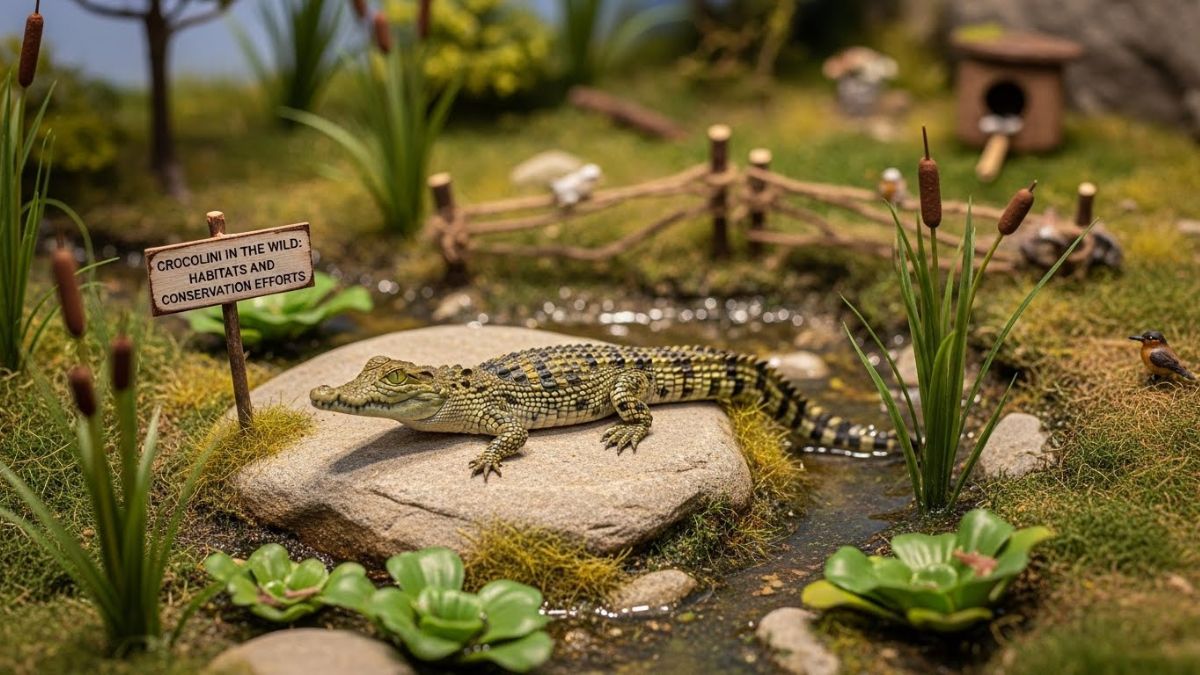Beekeeping is a fulfilling and fascinating hobby, offering the chance to work with one of nature’s most important species—the honeybee. These tiny creatures play a vital role in pollinating the plants that grow our food, and keeping them healthy ensures the well-being of ecosystems around the world. However, working with bees can also be risky, especially when they feel threatened. For beekeepers, whether beginners or seasoned professionals, safety is paramount. That’s where the honey bee suit comes in.
A honey bee suit is more than just a piece of clothing—it’s essential gear that offers protection from stings and allows you to work comfortably with your bees. In this article, we’ll take an in-depth look at how a honey bee suit protects you during beekeeping, the different components of a suit, and why it’s such a crucial part of a beekeeper’s toolkit.
Why Do You Need a Honey Bee Suit?
The Threat of Bee Stings
At the core of why a honey bee suit is so important lies the risk of bee stings. Honey bees, while generally non-aggressive, will sting in defense of their hive. When a bee feels threatened or believes the hive is under attack, it releases a pheromone that signals other bees to defend the colony. One sting can quickly escalate into dozens or even hundreds if the pheromone triggers a larger response.
For many people, a bee sting results in a painful welt that subsides after a few hours or days. However, for individuals with bee sting allergies, a sting can provoke a dangerous reaction called anaphylaxis, which can be life-threatening without immediate medical attention. For these individuals, proper protective gear is not just a recommendation—it’s a must.
Minimizing Discomfort and Increasing Confidence
Even if you’re not allergic to bee stings, the discomfort they cause is enough reason to wear protective clothing. Beekeepers who don’t feel protected may become nervous or anxious when working with bees, increasing the likelihood of making mistakes that could agitate the hive. A good-quality bee suit not only protects the skin but also provides peace of mind, allowing beekeepers to focus on their tasks without constant worry of being stung. A calm beekeeper is less likely to disturb the bees, making for a safer and more enjoyable experience.
How a Honey Bee Suit Protects You: The Components
A honey bee suit is a head-to-toe protective ensemble designed to shield your skin from bee stings. While its primary function is to create a barrier between you and the bees, modern bee suits are designed with comfort, visibility, and mobility in mind. Let’s break down the different components and how they contribute to your safety during beekeeping.
The Veil: Protecting Your Face and Head
The most important part of a honey bee suit is the veil. Bees are particularly drawn to faces, which makes protecting your head and face a top priority. The veil is a mesh-like head covering that allows you to see clearly while keeping bees from getting close enough to sting. It typically extends from the suit’s collar and is secured either by a zipper or an elastic band to ensure no gaps are left for bees to enter.
Types of Veils
There are two main types of veils:
Round Veil: This is the classic veil design, featuring a wide brim that keeps the mesh away from your face. The wide brim offers maximum visibility, and it’s excellent for maintaining airflow around your head, helping to keep you cool while working in the sun.
Fencing Veil: Resembling the mask of a fencing helmet, this veil is popular among beekeepers because it stays closer to the head. While it doesn’t offer as much visibility as the round veil, it’s more compact and less likely to get caught on branches or other obstacles when working in tight spaces.
The Jacket or Full Suit: Body Protection
The jacket or full-body suit is the main part of the honey bee suit. Whether you opt for a full suit or just a jacket depends on your comfort level and the types of tasks you’ll be doing. A full suit covers your arms, legs, and torso, while a jacket only covers your upper body and is paired with bee-proof trousers or jeans.
Material Matters
Bee suits are typically made from thick cotton, polyester, or a cotton-polyester blend. Some suits feature ventilated fabric, which consists of three layers: two outer layers of mesh with an inner layer of foam or mesh between them. This creates a breathable barrier that not only prevents stings but also allows airflow, keeping you cool on hot days.
The fabric thickness is carefully chosen. It needs to be thick enough to prevent bees from stinging through but thin enough to remain comfortable to wear for extended periods. Most bee suits feature light-colored fabric, as bees are less likely to be attracted to white or light colors, which mimic the appearance of the sky or clouds.
Zippers and Elastic Bands
A good bee suit uses high-quality zippers that seal securely, particularly around the front of the jacket and the collar area where the veil connects. Elastic bands around the wrists and ankles further seal off potential entry points for bees, ensuring there are no accidental gaps where a bee could slip inside.
Gloves: Protecting Your Hands
A beekeeper’s hands are frequently near the hive and, therefore, at higher risk of being stung. Bee suits come with gloves that are long enough to tuck into the suit’s sleeves, creating a seal to keep bees out. The gloves are typically made from leather, canvas, or synthetic materials that are tough enough to prevent stings.
While thick gloves provide excellent protection, they can sometimes reduce dexterity. Many beekeepers prefer gloves made from softer materials, like goatskin, that still provide sting resistance while allowing for better finger movement. The trick is finding a balance between protection and control.
Boots: Guarding Your Feet
Beekeepers often forget about foot protection, but bees can easily crawl into pant legs or shoes if they’re not properly sealed. Most full bee suits are designed to be tucked into boots, and it’s important to choose footwear that fits snugly around the ankles. Many beekeepers opt for rubber or leather boots that provide full coverage and can be easily cleaned. Elastic or drawstring closures at the pant cuffs further prevent bees from entering.
Ventilation and Comfort Features
Many modern bee suits come with ventilation panels, especially in the back or sides, to help prevent overheating. Beekeeping often takes place in warm weather, and working in the sun while wearing a full suit can become uncomfortable quickly. A well-ventilated suit allows airflow without compromising protection.
Additionally, high-quality bee suits offer reinforced knees and elbows, pockets for holding tools, and adjustable straps to create a custom fit. These features enhance both comfort and practicality, allowing beekeepers to focus on their work without being distracted by the fit or feel of the suit.

What to Look for in a Quality Bee Suit
Now that you understand the components of a bee suit and how they protect you, it’s important to know what features to prioritize when choosing the right suit for your needs.
Sting Resistance
The primary purpose of the bee suit is to prevent stings. Look for suits made from thick, durable materials that are known for being sting-resistant. While no suit can offer 100% protection, choosing one made from quality materials can significantly reduce the risk of being stung.
Breathability
Since beekeeping often takes place during warm weather, breathability is key. Ventilated bee suits are made from layered mesh fabrics that allow air to circulate while still preventing bees from getting close enough to sting. These suits are especially useful for beekeepers in hot climates.
Visibility
You want to be able to see clearly when working with bees. Choose a veil design that offers a wide field of vision and minimal interference with your line of sight. A well-constructed veil made from fine mesh will keep bees out while providing a clear view of your surroundings.
Comfort and Fit
A bee suit should fit comfortably without being too tight or too loose. Tight suits increase the likelihood of a bee being able to sting through the fabric, while loose suits can snag on equipment or create gaps where bees can enter. Adjustable straps and elastic bands ensure a snug, secure fit.
Durability
Your bee suit will face wear and tear over time, especially when exposed to the elements or frequent washing. Choose a suit made from high-quality, durable materials that will last for many seasons. Reinforced stitching and strong zippers are also essential for ensuring the suit holds up to regular use.
Ease of Use
A bee suit should be easy to put on, take off, and clean. Look for suits with user-friendly features like zippers that glide smoothly, removable veils for washing, and suits that are machine-washable. You’ll want a suit that simplifies your routine so you can focus on your bees.
Additional Tips for Staying Safe While Beekeeping
Even with the best honey bee suit, safety in beekeeping depends on more than just protective clothing. Here are a few extra tips to ensure your safety while working with bees:
Stay Calm and Move Slowly
Bees are sensitive to quick movements and vibrations. When working around a hive, try to stay calm and move slowly. Sudden or aggressive motions can startle the bees and increase the likelihood of stings.
Use a Smoker
A smoker is a beekeeper’s best friend. The smoke from a smoker masks the alarm pheromones released by bees and calms the hive, reducing the chances of them becoming aggressive. Use your smoker before opening the hive and periodically throughout your work.
Inspect the Weather
Bees are less likely to be agitated on warm, sunny days. Overcast or rainy weather can make them more defensive. If possible, plan your beekeeping activities when the weather is favorable for both you and the bees.
Keep First Aid on Hand
Even with a full bee suit, accidents can happen. Always have a basic first aid kit nearby that includes supplies for treating stings. If you or someone you’re working with is allergic to bee stings, make sure an EpiPen is readily available in case of an emergency.
Conclusion: A Bee Suit Is Your Shield
A honey bee suit is the ultimate line of defense for any beekeeper. From the protective veil that shields your face to the gloves, jacket, and boots that protect your skin, every component of the suit is designed to keep you safe while you work with these incredible creatures. Whether you’re a hobbyist with a small backyard hive or a professional beekeeper managing dozens of colonies, investing in a high-quality bee suit is essential. By wearing the right gear, staying calm, and following best practices, you can ensure a safe and enjoyable beekeeping experience every time you tend to your bees.
Beekeeping can be an adventure, and with the right protection, you can dive into this rewarding activity with confidence. So, suit up, stay safe, and enjoy the wonderful world of bees!











